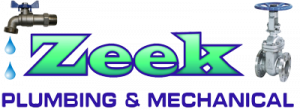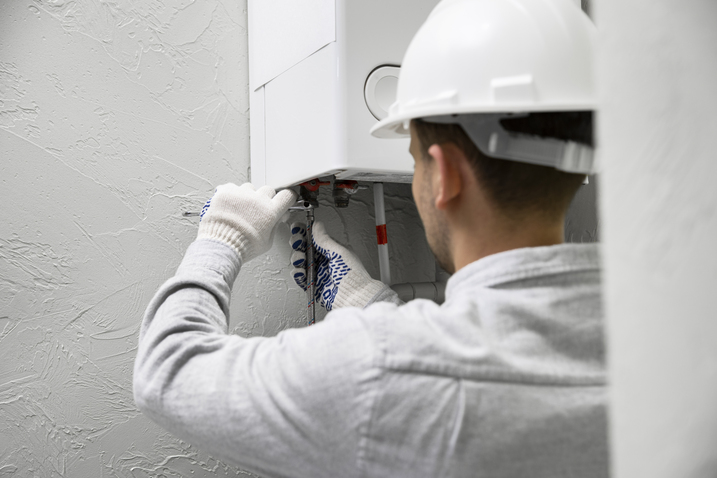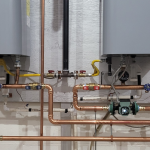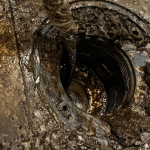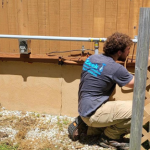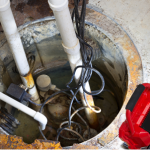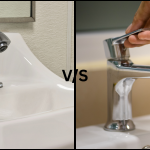When it comes to home comfort, a reliable hot water supply is often taken for granted. A properly installed water heater ensures that your showers are warm, your dishes are clean, and your laundry is fresh. Whether you’re building a new home, upgrading an old system, or replacing a malfunctioning unit, understanding the ins and outs of water heater installations can save you time, money, and potential headaches.
Choosing the Right Water Heater
Before diving into the installation process, it’s crucial to select the right type of water heater for your needs. There are primarily two types: traditional tank-style and tankless (on-demand) heaters.
Tank-Style Heaters:
These are the most common. They store a large volume of hot water in a tank and keep it at a constant temperature. They come in various sizes, generally ranging from 40 to 75 gallons. While they offer a ready supply of hot water, they can be less energy-efficient due to heat loss from the tank.
Tankless Heaters:
These units heat water on demand, which means they don’t store hot water but instead heat it as it flows through the unit. They are compact and energy-efficient, making them ideal for smaller homes or for those who wish to reduce energy consumption. However, they may struggle to meet the hot water demands of a large household if not sized correctly.
The Installation Process
Preparation and Planning:
Zeek Plumbing will assess the space where the new water heater installation NJ will take place. We will ensure there is adequate room for the unit and access for maintenance. If you are replacing the water heater with the same model/size, it can stay in the same location. If you are switching from a storage tank to a tankless unit, we will need to move it to a wall that it can be mounted on.
Removal of the Old Unit:
If replacing an old heater, the first step is to safely remove it. This involves turning off the water supply and power (or gas), draining the tank, and disconnecting the plumbing and electrical or gas lines.
Installing the New Unit:
Once the old unit is out, the new water heater can be installed. For a tank-style heater, it involves placing the new tank in position, connecting it to the existing plumbing, and ensuring it’s properly hooked up to water and gas. For a tankless heater, installation may be more complex as it involves mounting the unit on the wall, connecting it to both the water and gas lines, and installing a new vent.
Connecting and Testing:
After the installation is complete, Zeek Plumbing fills the tank (for tank-style heaters) or opens the water supply (for tankless systems) and checks for any leaks. Testing the new unit is crucial to ensure it works efficiently and effectively.
Maintenance and Efficiency
Once installed, regular maintenance is key to ensuring the longevity and efficiency of your water heater. Flushing the tank periodically to remove sediment buildup is recommended for tank-style units. For tankless units, descaling to remove mineral deposits is important, especially in areas with hard water.
Conclusion
A well-installed water heater not only ensures comfort but also contributes to energy efficiency and cost savings. By understanding the different types of water heaters, following a meticulous installation process, and committing to regular maintenance, you can enjoy a reliable hot water supply for years to come. Whether you’re a DIY enthusiast or opting for professional help, being informed about water heater installations helps you make the best choices for your home’s needs!
Contact Zeek Plumbing at 866-635-0200 to discuss your hot water needs! We would be happy to provide a free estimate for any new water heater installation!
